Table of Contents
Introduction
The Lotus is one of the cleanest-tasting vaporizers available—but only if you take care of it. Like any high-performance analog device, it rewards regular cleaning with better vapor, smoother airflow, and longer lifespan.
Fortunately, cleaning the Lotus is simple. With no electronics and only a few parts to maintain, keeping it fresh doesn’t take much effort. This guide covers both the quick after-use routine and the deeper clean you’ll want to do every week or two, depending on how often you use it.
Let’s start with why keeping your Lotus clean really matters—and what happens when you let residue build up.
Why Cleaning Your Lotus Matters
Over time, cannabis vapor leaves behind a thin residue of oils, particles, and sticky resin. If left uncleaned, this buildup can:
- Dull your flavor, especially in the first few draws
- Increase draw resistance and reduce airflow
- Overheat the cap or cause uneven heating
- Lead to burnt taste from reheating built-up residue
- Make cleaning much harder later on
The Lotus is known for its clean, convection-driven flavor—but that clarity only lasts if the cap, screen, and stem stay free from buildup. A well-maintained Lotus performs better, tastes better, and requires less work in the long run.
What You’ll Need
Cleaning the Lotus doesn’t require anything special—just a few common tools and a little patience.
Basic Cleaning Tools:
- Soft brush (a small paintbrush or vaporizer brush)
- Isopropyl alcohol (preferably 90% or higher)
- Cotton swabs or pipe cleaners
- Paper towel or soft cloth
- Q-tips or small detailing brush (for stems and threads)
- Bowl or dish for soaking parts
Optional:
- Toothpick or non-metal pick for stubborn debris
- Compressed air (for clearing screen holes)
- Silicone mat or tray to work over
Make sure all parts are fully cool before cleaning, and always disassemble gently to avoid damaging threads or wood.
Quick Cleaning Routine (After Every Use)
This routine takes less than 2 minutes and helps prevent buildup before it starts. If you use your Lotus daily, a quick clean after each session will keep everything running smoothly and tasting fresh.
Steps:
- Brush the bowl: After the session, while the bowl is still warm (not hot), use a soft brush to remove any spent material (AVB).
- Inspect the screen: Tap out any particles and check for discoloration. A few gentle taps usually clear it.
- Clean the cap rim: Use a cotton swab to wipe down the edge of the metal cap to prevent sticky buildup.
- Blow through the stem: Clear any loose particles with a quick breath or puff of compressed air.
Bonus tip: Keep a dry Q-tip on hand to swipe the inner cap if you notice vapor beginning to taste dull or thick.
Deep Cleaning Routine (Weekly/Biweekly)
If you use your Lotus a few times per week or more, we recommend a full clean every 5–10 sessions. This keeps vapor fresh and ensures optimal airflow through the cap and stem.
Steps:
- Disassemble the stem and cap: Unscrew gently and remove the cap, stem, and any adapters.
- Soak the stem: Place the metal or glass stem (if applicable) in isopropyl alcohol for 10–20 minutes. Rinse well with warm water and dry completely.
- Wipe the cap: Dip a cotton swab in alcohol and gently clean the underside of the Lotus cap—especially around the air holes and bowl rim. Avoid soaking the cap unless you remove the o-ring first.
- Clean the bowl: Gently swab with a slightly damp alcohol Q-tip if needed—just be careful not to oversaturate the wood if your model includes a wood core.
- Inspect the airflow holes: Use a pipe cleaner or pin to make sure the cap holes are clear.
Let everything dry fully before reassembling. Do not heat your Lotus until all alcohol has evaporated. A clean device smells like nothing—and that’s exactly what you want before your next flavorful session.
How to Clean the Stem & Mouthpiece
The stem is where most residue and buildup occurs—especially if you’re a frequent user. Over time, the inside walls of the stem collect condensed vapor, which darkens the flavor and clogs airflow. Thankfully, cleaning is easy.
For Stainless Steel or Titanium Stems:
- Soak in isopropyl alcohol for 15–20 minutes
- Rinse with hot water and scrub inside with a pipe cleaner or Q-tip
- Let dry fully before using again
For Wood & Hybrid Stems:
- Do not soak—wipe with a damp cloth and clean mouthpiece end with alcohol-dipped Q-tip
- Use compressed air or a clean pipe cleaner for internal channels
- Let air-dry and re-oil the wood if needed (food-grade mineral oil only)
For Glass Mouthpieces:
- Soak in alcohol for 10–15 minutes
- Rinse thoroughly, then dry with a soft towel
Clean stems dramatically improve vapor flavor and help you maintain the Lotus’s airflow efficiency with every draw.
Airflow, Screens & Draw Resistance Tips
Draw resistance is key to a satisfying session—and cleaning the Lotus helps maintain that wide-open, effortless feel. If airflow feels tight or restricted, one of these components may be blocked or resin-coated.
1. Check the Cap’s Air Channels
The air holes beneath the Lotus cap can slowly clog with residue. A pin or compressed air easily clears them. Never scrape with a sharp metal tool.
2. Clean the Screen (If Equipped)
If your Lotus includes a fine screen or mesh insert, soak it briefly in alcohol and wipe clean. Replace if bent, discolored, or caked in residue.
3. Adjust Your Draw
Use slow, steady inhales for best results. Pulling too hard increases heat and overwhelms the cap. If vapor feels hot or harsh, try a gentler pace—and check for buildup inside the stem or under the cap.
4. Don’t Overpack
Too much herb restricts airflow and causes uneven vaporization. Grind medium-fine, fill loosely, and tamp lightly.
With these airflow tips and a clean stem, the Lotus performs at its best—smooth, cool, and flavorful every time.
Long-Term Maintenance & Storage
With just a little care, your Lotus can last for many years. Its mechanical simplicity and high-quality materials make it one of the most durable vaporizers available—but good habits will extend its performance and keep it tasting great every time.
Best Practices for Long-Term Use:
- Store it clean and dry: Always clean before storing for long periods to avoid resin hardening
- Use the included case: Protects against dust, dings, and accidental heat exposure
- Keep wood hydrated: If your model includes a wooden handle, apply a light coating of mineral oil every few months
- Inspect regularly: Look for soot buildup, clogged air holes, or worn seals (if applicable)
- Avoid extreme temps: Don’t store it in freezing or direct-sunlight environments
Most users find that a weekly deep clean and a quick post-session wipe-down are enough to keep the Lotus running perfectly—year after year.
Conclusion
Cleaning the Lotus is simple—but the benefits are massive. A clean cap, open airflow, and fresh stem can transform your session from good to exceptional. Better flavor, easier draws, faster heating, and longer product life all come from just a few minutes of regular care.
Whether you use your Lotus daily or once a week, keeping it clean makes every draw smoother and more rewarding. And with no electronics to maintain, it’s one of the easiest high-performance vaporizers to care for.
Want to pair your Lotus with long-lasting analog companions? Check out the Vapman Collection for equally elegant flame-powered performance—or explore our blog post on how to maintain your vaporizer for peak performance.
Respect the ritual. Clean your Lotus. And taste the difference every time.
About the Author

Author: Michael Mussner, Founder of INHALE Vaporizers
Michael is a passionate vaporizer designer and entrepreneur from South Tyrol, driven by craftsmanship, sustainability, and the mindful use of natural herbs. With a background in product innovation and a love for analog technology, he founded INHALE to revive flame-powered vaporizers like the Vapman and Lotus. Every product he creates is deeply rooted in authenticity, simplicity, and a respect for nature.
Questions? Contact us here or email support@nowinhale.com.



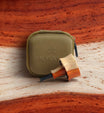

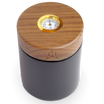
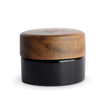


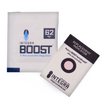


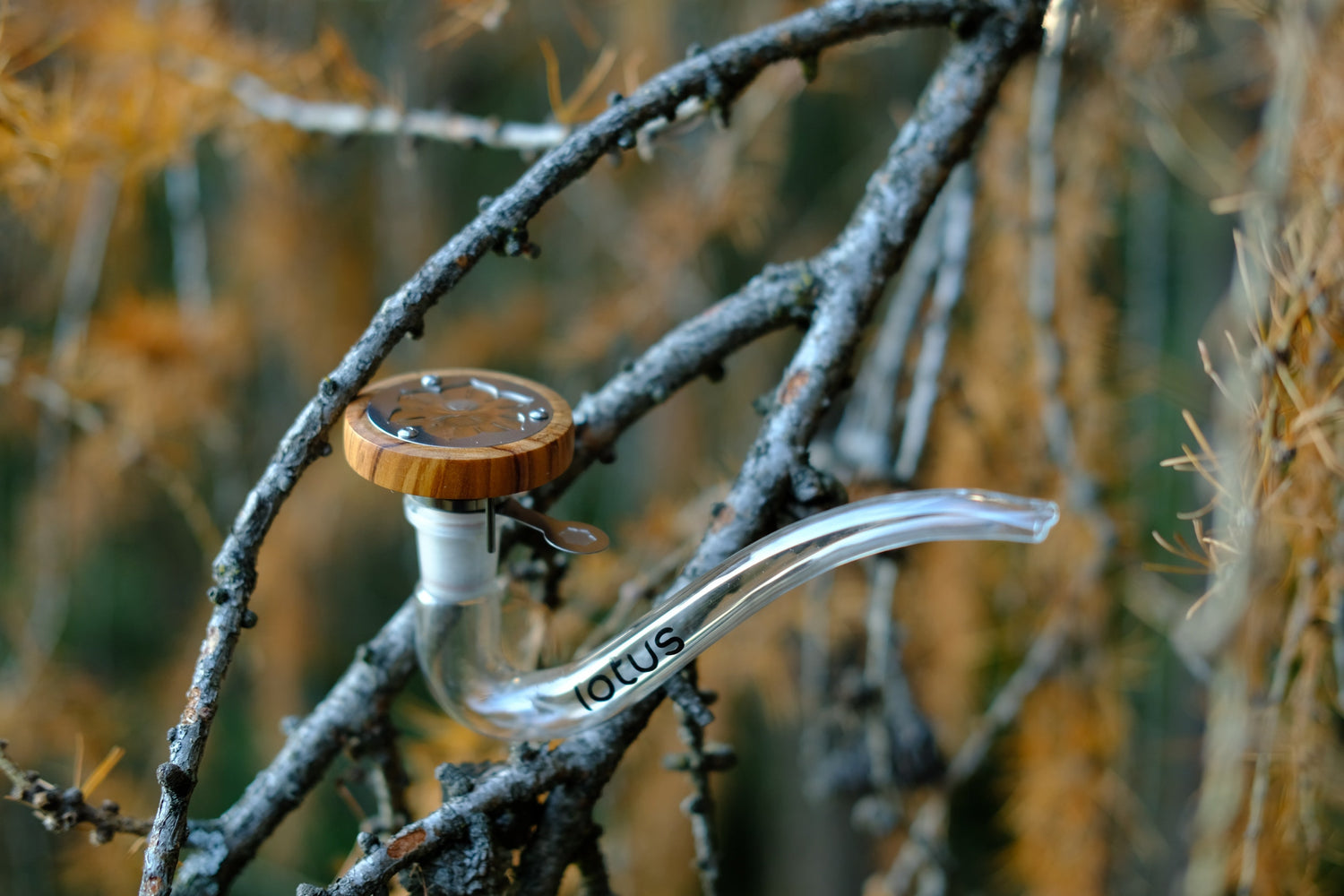
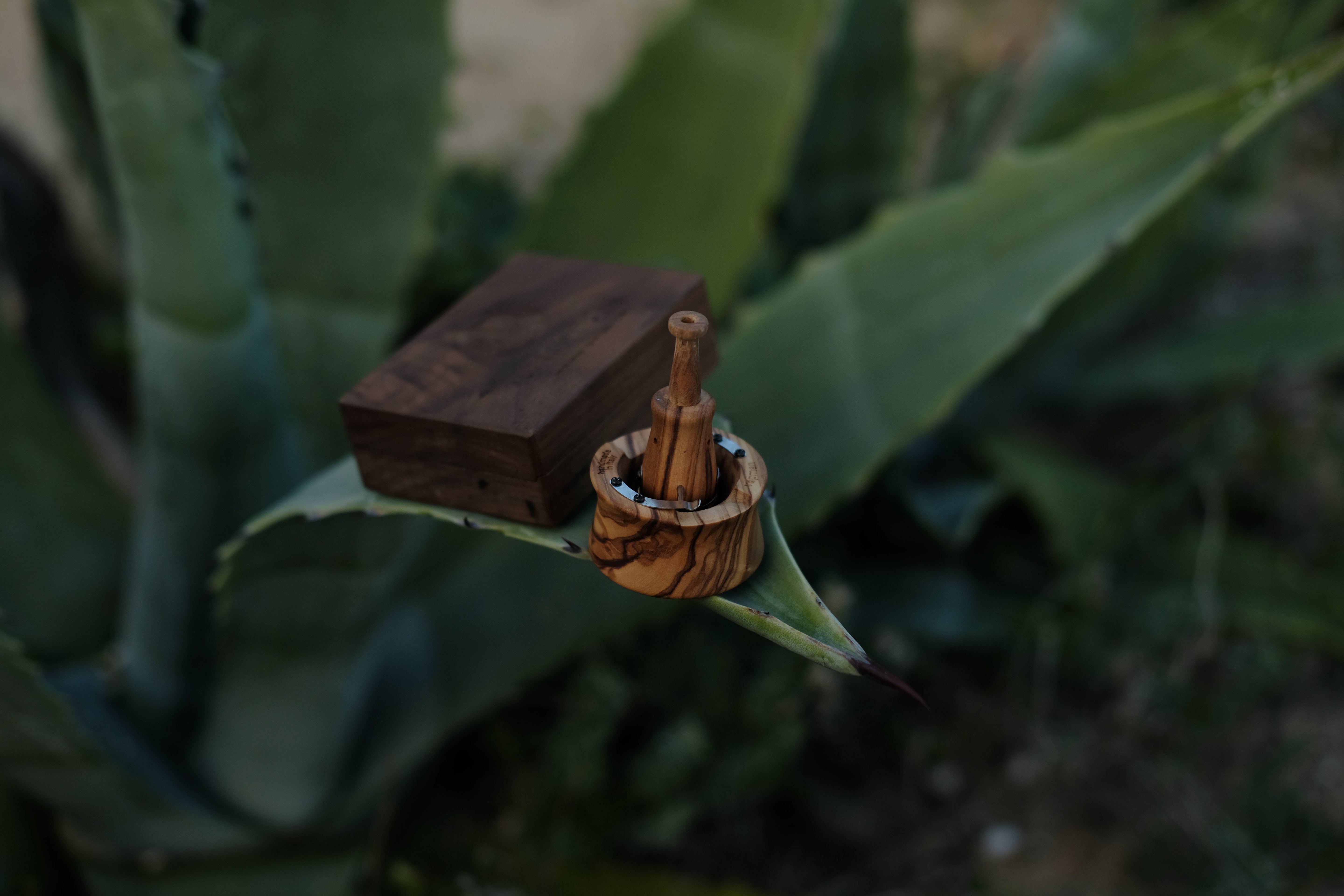



Leave a comment
All comments are moderated before being published.
This site is protected by hCaptcha and the hCaptcha Privacy Policy and Terms of Service apply.